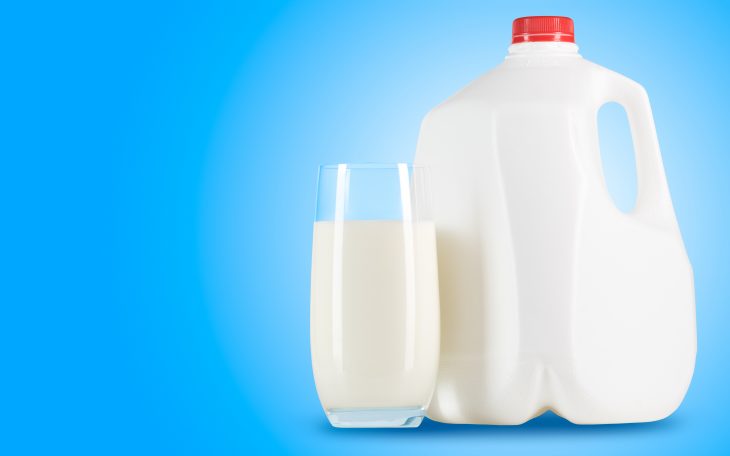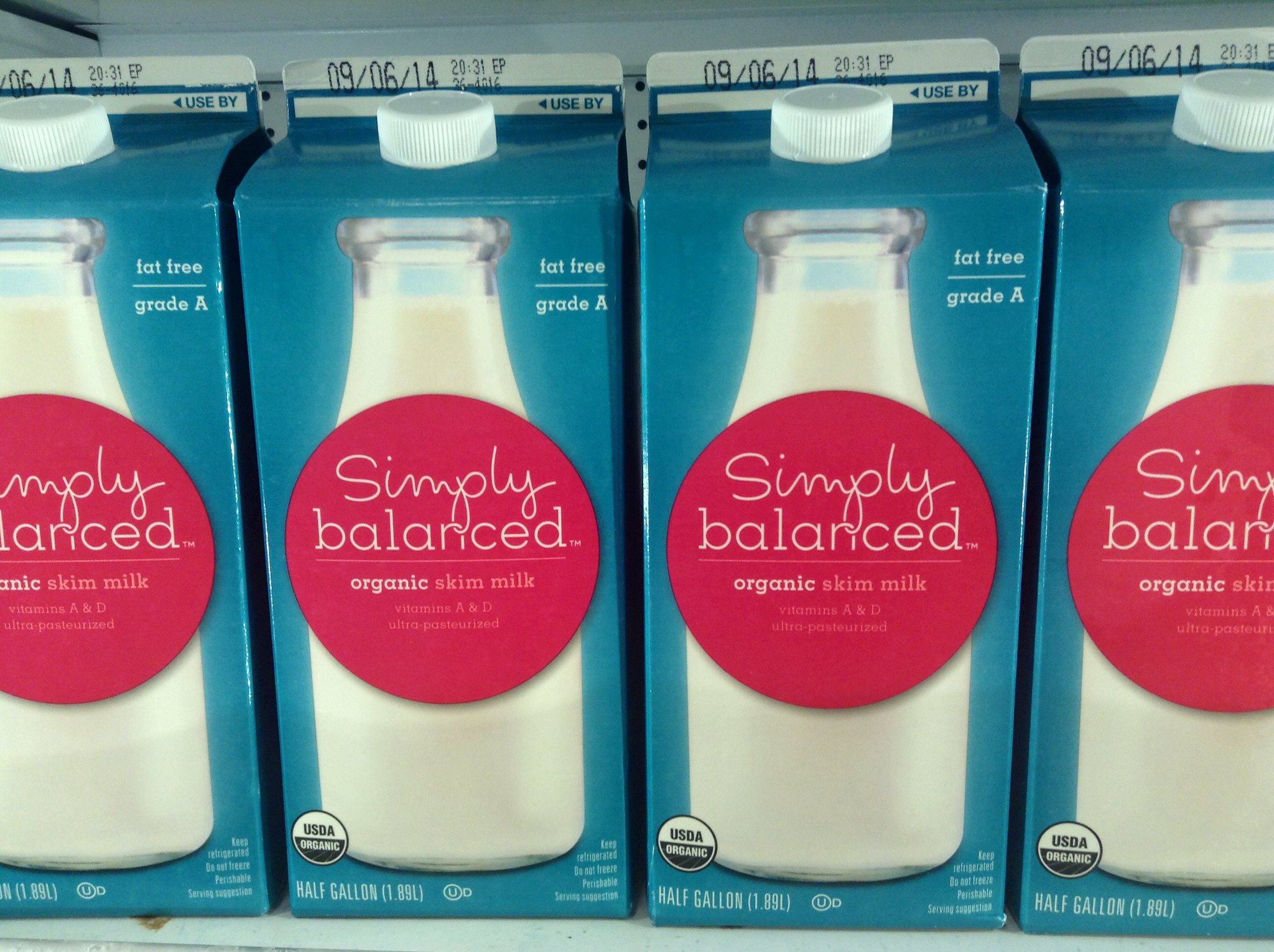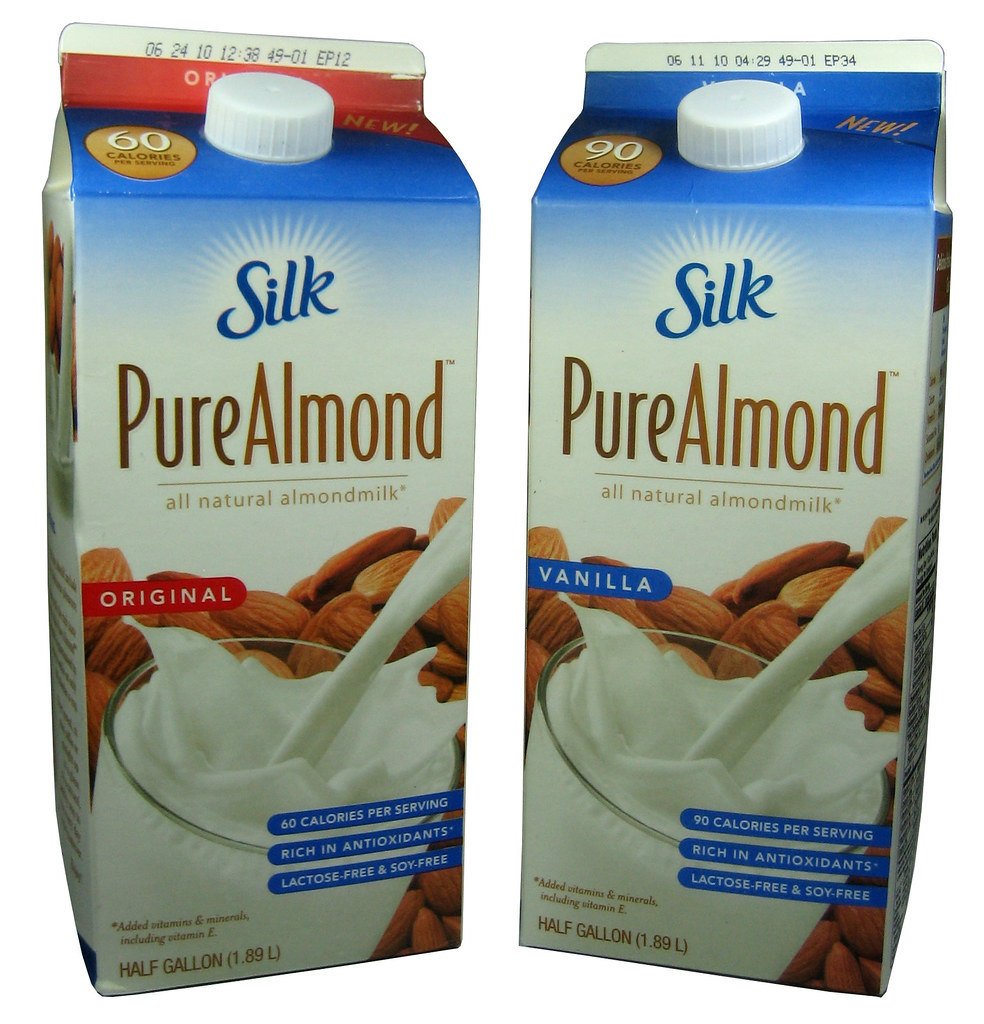
How much does a gallon of milk weigh? It sounds like a pretty straightforward question, right? But of course, it’s not. There are many kinds of milk. When we think of milk in the United States we often think of cow‘s milk, but other kinds of milk exist too. Goat‘s milk, buffalo milk, human milk, and so on. People even produce milk from non-animal sources, such as soy and almond. With so many varieties of milk, the reason for such a simple question may not be so simple after all. Today we’re going to learn how much a gallon of milk weighs, and so much more.
How Much Does a Gallon of Milk Weigh in Pounds?
The answer to this is 8.6 pounds. For those who prefer metric, that’s 3.9 kilos. Simple, right?
Well, in reality, things are not always that simple. As mentioned earlier, there are many kinds of milk out there. Not all of them have the same consistency and density as cow’s milk. Indeed, simply saying that one gallon of milk weighs 8.6 pounds lacks context. Most people would probably assume it’s referring to cow’s milk. But what if a person is asking about other kinds of milk? What if they were actually talking about soy milk or almond milk? What about goat’s milk or sheep’s milk?
Even assuming cow’s milk, there are many kinds of cow’s milk out there. There’s regular full milk and there’s also skim milk, evaporated milk, condensed milk, frozen milk, and more. In reality, changes to these kinds of milk could also change the weight of a gallon of milk. Like, a gallon of evaporated milk would have a different weight from a gallon of full milk.
Ultimately, milk is still mostly water. Water comprises about 87% of milk. The differences between various kinds of milk would probably not be much anyway.
How Much Does a Gallon of Milk Weight in Canada?
This is where things get interesting. Canada, unlike the United States, is a mostly metric nation. Canada measures speed in kilometers per hour, measures temperature in Celsius, and so on. The imperial system does get used in some aspects of daily life and most Canadians are familiar with both systems, but it’s mostly metric.
Canada did use to use gallons to measure liquids, but not the gallons used in the U.S. Instead, Canada used imperial gallons. You may think: aren’t they the same? Actually, they’re not. An imperial gallon is slightly larger than a U.S. gallon. To be precise, 1 imperial gallon is 1.2 U.S. gallons. Doing conversions, one imperial gallon of milk would weigh around 10.32 lb.

Interestingly, Canadians in some provinces often buy their milk in bags. Yes. While milk cartons exist in Canada, milk bags are a more familiar sight. You may think this is a strange practice, but actually, it also exists in Wisconsin. Canadians no longer buy milk in gallons and instead buy them in liters. Indeed, liters are the primary unit of measuring liquids in Canada, not just for milk. Canada’s use of plastic bags is actually linked to Canada’s metrication. The retail industry thought that milk bags were more flexible in meeting metric standards than traditional milk bottles.
How Much Does a Gallon of Milk Weight in the UK?
Given that the UK also used imperial gallons, the answer would be the same as Canada. A 1 UK gallon of milk weighs 10.32 lb.
However, milk in the UK is not sold in gallons at all. Instead, UK milk is sold in either liters or pints. A single pint is 0.15 U.S. gallons or 0.57 liters. It is common for UK milk to display both units, or increasingly, solely liters.
Are There Any Differences in Weights Between Kinds of Milk?
The answer to this question is yes, but not in the way you’d imagine. Given that skim milk has less fat than regular milk, you would think that skim milk weighs less. But actually, skim milk weighs slightly more than regular milk. This is because, while skim milk has a lower amount of fat, it has more water. Fat is less dense than water, hence regular milk weighs slightly less. Of course, this only applies to the weight of the milk itself. As for whether or not full or skim milk will make you heavier, that’s a different question entirely!

How Do Other Countries Measure Their Milk?
As alluded to earlier in this article, the U.S. is quite alone when it comes to milk measurements. Most of the world largely uses the metric system. As such, milk gallons don’t exist in many countries. Oftentimes, milk cartons and containers exclusively give measurements in liters. If gallons are included, packaging only displays them as supplementary units. Even then, liters tend to be the default unit.
It’s worth repeating that while milk cartons are common in the U.S., this is not necessarily the case elsewhere. Traditionally, many countries used milk bottles for milk. This was because, before refrigerators were common, milkmen delivered fresh milk to homes. Milkmen have largely died out, but milk bottles still exist in some places.
As for milk bags, as mentioned earlier, they’re common in some parts of Canada. However, they’re also the preferred way to sell milk in many other countries as well. For example, many South American countries such as Argentina, Brazil, and Colombia sell their milk in bags. Milk bags are also used in Israel, Russia, and some other European and Asian countries. And yes, milk bags are almost always measured in liters.
Why milk bags in the first place? Apart from economic considerations, many countries prefer milk bags because bags produce less waste than cartons. Indeed, milk bags are said to be easier to recycle compared to cartons.
How Much Does A Liter of Milk Weigh?
While we’re here, we can probably learn more about milk liters. After all, most of the world uses them too.
It may be worth noting the definition of the kilogram before diving deeper. This is because the weight of one liter of milk does have a distant link to the kilogram. Originally, a kilogram was equivalent to the weight of one liter of water. This definition eventually changed to the current definition which involves some complicated formulas. Needless to say, one liter of water and one liter of milk weigh almost the same given that milk is still largely water.
Remember that while milk is largely composed of water, it is still slightly heavier. One estimate states that one liter of full milk weighs 1.03 kg, while one liter of skim milk weighs 1.05 kg. Again, skim milk weighs more because it has more water content than fat content. This applies to gallons and also to liters. The relationship is constant no matter what size of a container we’re talking about.

A Parting Thought
While we’re here talking about gallons of milk, it may interest you to learn that milk-drinking contests exist. Indeed, there are reports of people drinking a whole gallon of milk in 20 seconds or less. In 2021, a competitive eater went viral on TikTok for drinking a whole gallon in just 13 seconds. He posted his feat to TikTok, and it spread across the internet.
Now you know how much each gallon weighs. And maybe, if you have the courage and stomach, you’ll be encouraged to drink a gallon as fast as you can. Okay, maybe that’s not a good idea, but it does sound fun.
Was this page helpful?
Our commitment to delivering trustworthy and engaging content is at the heart of what we do. Each fact on our site is contributed by real users like you, bringing a wealth of diverse insights and information. To ensure the highest standards of accuracy and reliability, our dedicated editors meticulously review each submission. This process guarantees that the facts we share are not only fascinating but also credible. Trust in our commitment to quality and authenticity as you explore and learn with us.


